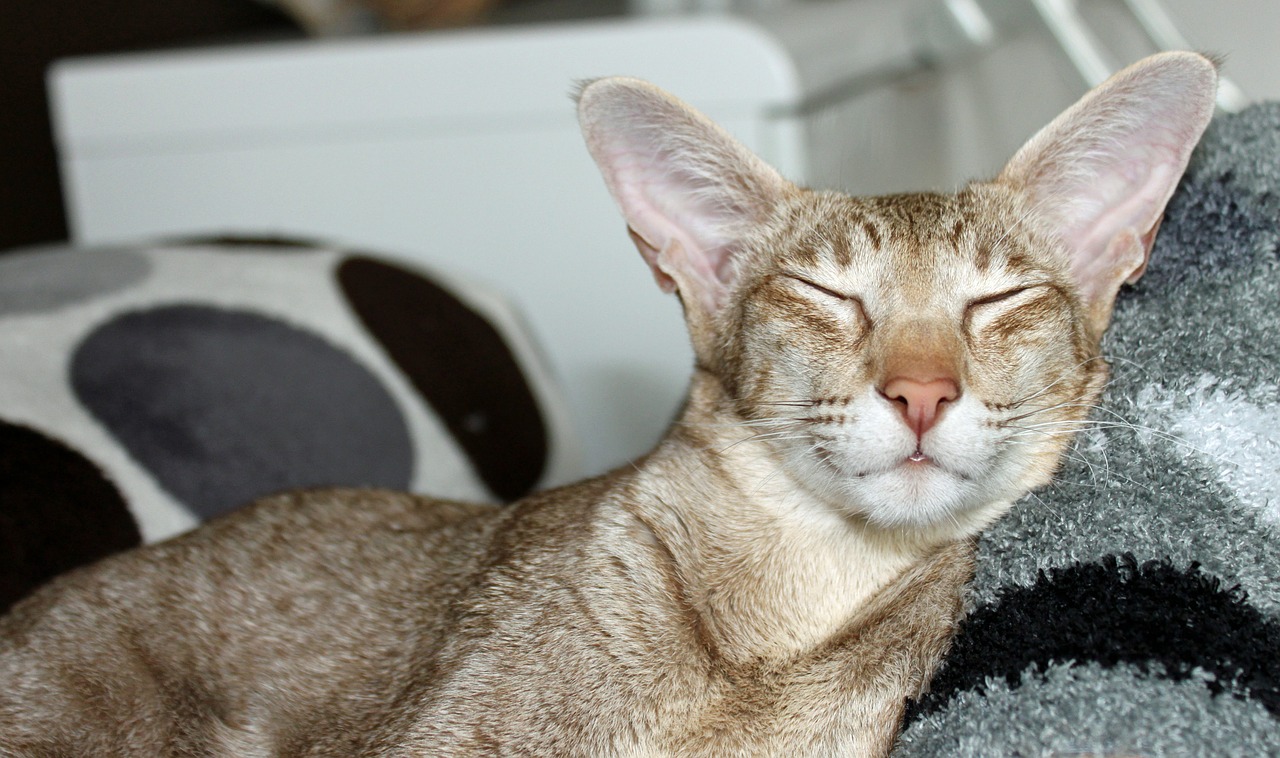Why do cats purr?

Cats purr both when they inhale and exhale, to create a constant sound. The muscles responsible for creating the purring noise are the laryngeal muscles, which control the opening and closing of space between the vocal cords, the glottis. As air passes through the glottis, the muscles open and close it rapidly to produce the purring noise. A neural oscillator in the brain of the cat is responsible for signalling the muscles to contract and relax. Scientists have shown that the frequency range within which a purr falls – 25 to 150 Hertz – is responsible for stimulating bone growth and healing. A cat will normally purr when it is happy, scared or upset, which might indicate why they frequently purr. In addition, as kittens are born blind and deaf, the vibrations of a purr allow newborns to locate their mother.
To feature in our Brain Dump section, send us your questions to [email protected] or message us on Facebook or Twitter
For more science and technology articles, pick up the latest copy of How It Works from all good retailers or from our website now. If you have a tablet or smartphone, you can also download the digital version onto your iOS or Android device. To make sure you never miss an issue of How It Works magazine, subscribe today!




